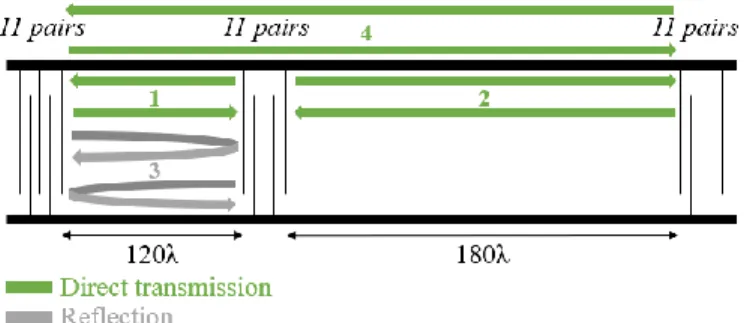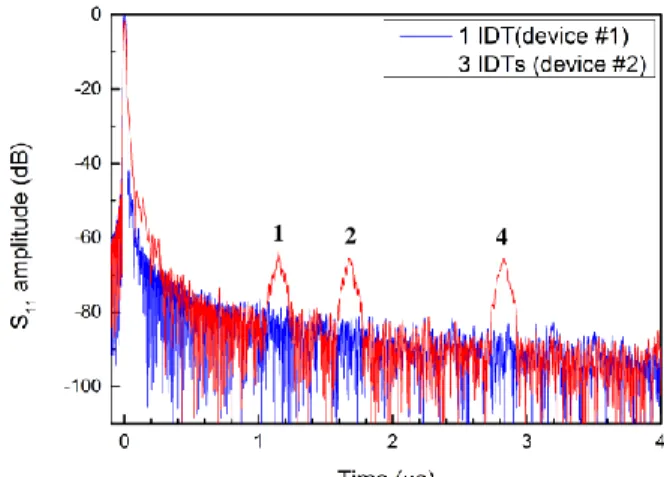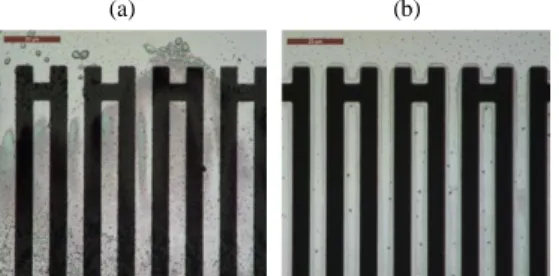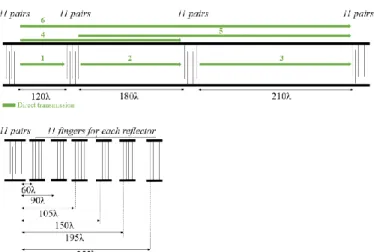SAW RFID devices using connected IDTs as an alternative to conventional reflectors for harsh environments
Texte intégral
Figure




Documents relatifs
In continuing the preparation process of completing a wake survey, it was decided that using NRC-IOT’s Cavitation Tunnel would be an excellent opportunity during this work term
We pre-compute a set of reference environment maps at strategic positions in the scene, that are used at run time and for each visible dynamic object, to compute local envi-
Our results highlight no changes of the Brillouin frequency due to the -rays even for the highest applied strain level (up to 181 g). Thus, this fiber is a
Effects of different test profiles of temperature cycling tests on the reliability of RFID tags. Effects of different anisotropically conductive adhesives on the reliability
An initial total length of λ/4 can be chosen for the antenna and then will be adjusted to obtain the target frequency before modifying the stub form to ameliorate the
Subsequent SIMS analyses reveal that the oxidation process of the AlN top layer becomes significant after the fourth annealing step (10 h at 900°C): the thickness of
The main purpose of this investigation is to obtain new insight into the key features of particular interest in this problem, namely the influence of film drainage on the
Compared with the other contact metallizations, all of the experi- mental data in Table 1 indicate that nickel (Ni) is a suitable contact metallization for high power, high
